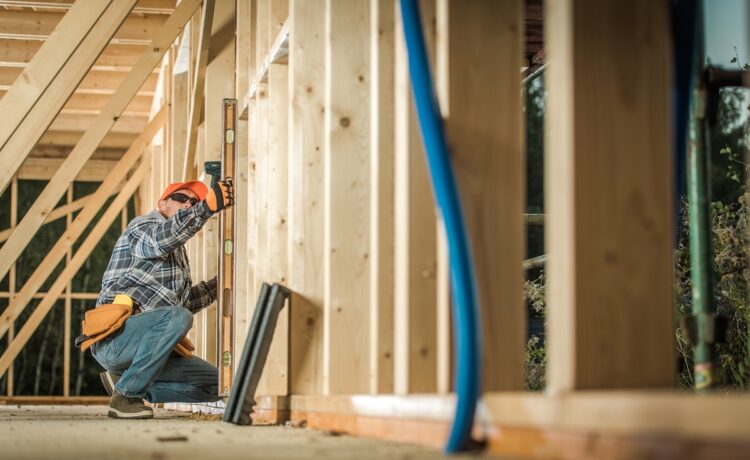Building Tomorrow’s Foundations: The Art and Science of Modern Construction

Construction is more than bricks and mortar—it’s the fusion of engineering, artistry, and human ambition. From the first blueprint to the final inspection, every phase demands precision, creativity, and an eye for detail. Whether you’re a homeowner dreaming of a new space, a developer eyeing the next commercial landmark, or simply a curious observer, understanding the core elements of construction can turn a daunting project into an exciting journey.
1. Laying the Groundwork: Planning & Permits
Before a single nail is hammered, the groundwork begins with thorough research and meticulous planning. Site surveys reveal soil conditions, topography, and potential environmental concerns. Architects and structural engineers collaborate to draft designs that meet safety codes while reflecting the client’s vision. Securing permits—building, zoning, environmental—ensures compliance and smooths the path to construction. Ignoring this foundational step can result in costly delays or even project shutdowns.
2. From Concept to Reality: Materials & Technology
Advances in construction materials have revolutionized how buildings are erected. High‑strength concrete, recycled steel, and composite panels allow for faster, lighter, and more sustainable structures. At the same time, Building Information Modeling (BIM) software lets stakeholders visualize and adjust designs in real time, catching clashes before they become on‑site headaches. When picking materials, consider durability, cost, and environmental impact—every choice contributes to the building’s long‑term performance.
3. The Human Factor: Skilled Labor & Safety
Even the best design falters without skilled artisans. From seasoned carpenters to precision electricians, the workforce brings the blueprint to life. Proper training and ongoing safety protocols protect workers and prevent incidents. Modern construction sites now employ wearable tech—helmets with sensors, drones for site mapping—to enhance efficiency and mitigate risks. A well‑managed crew not only delivers on time but also elevates the quality of the finished structure.
4. The Final Touch: Inspection & Handover
Once construction wraps up, rigorous inspections verify that every component meets regulatory standards. Quality assurance teams check load‑bearing elements, electrical systems, and HVAC efficiency. Only after passing these checks does the project move to handover, where the client receives the keys and the contractor provides warranties, manuals, and maintenance plans. The handover marks the transition from a construction site to a living, working space.
5. Beyond the Build: Sustainability & Resilience
Today’s construction is increasingly driven by sustainability goals. Incorporating renewable energy systems, green roofs, and smart building controls can reduce operational costs and environmental footprint. Moreover, designing for resilience—considering seismic activity, flood zones, or extreme weather—protects occupants and preserves investment for decades.
In the ever‑evolving world of construction, knowledge is the cornerstone of success. If you’re planning a project, consider reaching out to expert home extension specialists for tailored advice that turns your aspirations into a safe, efficient, and enduring reality.








